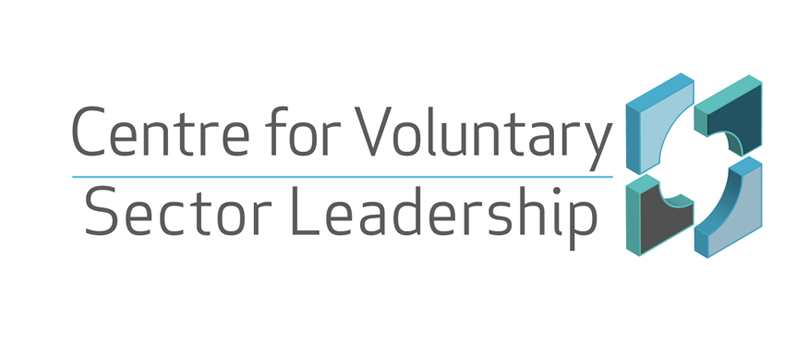4 Stretch questions and wicked problems
Week 1 discussed wicked problems – those that defy known, technical solutions. We can now progress our thinking around wicked problems a step further. When a problem is approached as a ‘tame’ problem (i.e. one that can be tackled with a managerial or technical approach), the tendency is to ask less questions or for the questions posed to be narrower in scope, focusing on refining a known approach.
Grint (2005) provides the decision by the United States government and its allies to invade Iraq in 2003 as a case in point. Grint outlines how George W. Bush and his advisors approached the problem of Iraq first as a crisis problem and then as a tame problem. Talking about something in crisis terms enables a response that tends to focus power in the hands of a commander who claims to know best: we are made to feel as though we are facing an immediate danger and hence are more prepared to sacrifice our discretion and even sometimes democratic rights in order for decisive action to be taken. The second move of Bush, according to Grint, was then to approach the war and its aftermath in managerial terms: fighting a traditional war with a definable beginning and end against a known and identifiable enemy.
Missing in Bush’s approach, according to Grint, was the presence of stretch questions, open questions that could have redefined the very problem strategists and politicians believed they were trying to solve. Such questions would seek to make people think about the problem in more complex, less immediately solvable but, in the longer term, more helpful ways.
The chairs of voluntary organisations often see their jobs as asking these kinds of questions of their organisations: of exploring and even gently provoking staff into exploring what they do not know about a problem.
There are salient lessons in here for leadership. Namely, that the leadership response of opening an issue up with a stretch question may be the course that is the hardest for people in positions of authority. But, then again, since when was leadership about taking the easy path?
Ideally, asking stretch questions is not the sole preserve of people in official leadership roles. On the contrary, we want to be in a situation where anyone within an organisation feels able to ask such questions and, furthermore, to be rewarded for doing so. More than any other practice, being able to collectively pursue a questioning approach is the hallmark of healthy, participative and collaborative leadership.
Activity 3 Stretch questions in your organisation
Visit your learning journal [Tip: hold Ctrl and click a link to open it in a new tab. (Hide tip)] and spend 15 minutes reflecting on whether your organisation is currently equipped to allow people to ask stretch questions. If yes, then can you think of any examples or point to anything in particular in the organisation that seems to make this practice possible. If no, can you think of anything that might enable this practice to take root? Make sure you title the post with the week number and the number of this activity, Week 4 Activity 3.
Comment
Of course, we are not naïve idealists. We recognise that asking tough questions can be hard. This is especially the case when the person asking the question has little or no official positional power. Such people can be labelled troublemakers (and sometimes they are!). It is therefore of absolute importance that organisations think about how they can make such behaviour not only acceptable but also desirable. You might work in an organisation, however, where this kind of stretch questioning practice is simply off limits, for one reason or another. If this is the case but you would still like to practice in a safe environment, you could always adopt the strategy of stretch questions informally with friends or family – think of it as training to better equip you for work in the next organisation you join.
3 Stretch questions and exploring the unknown
